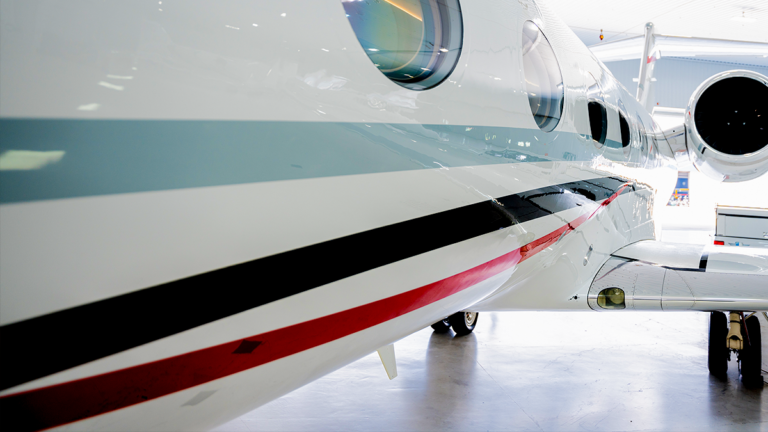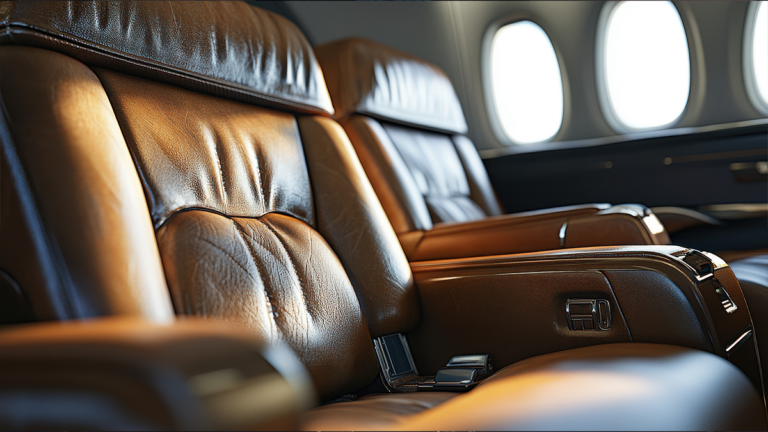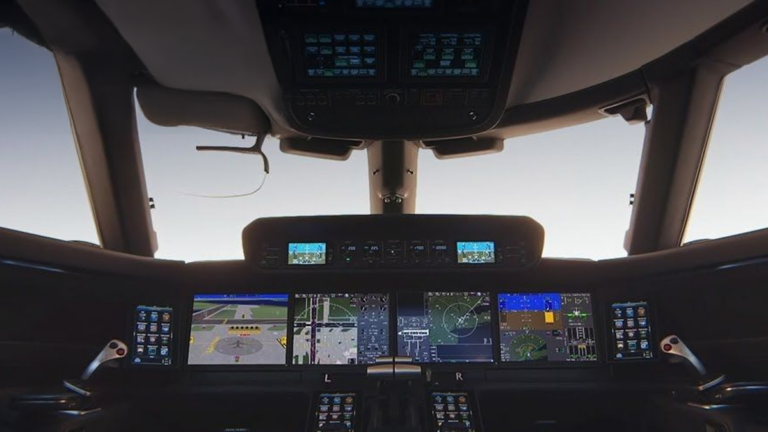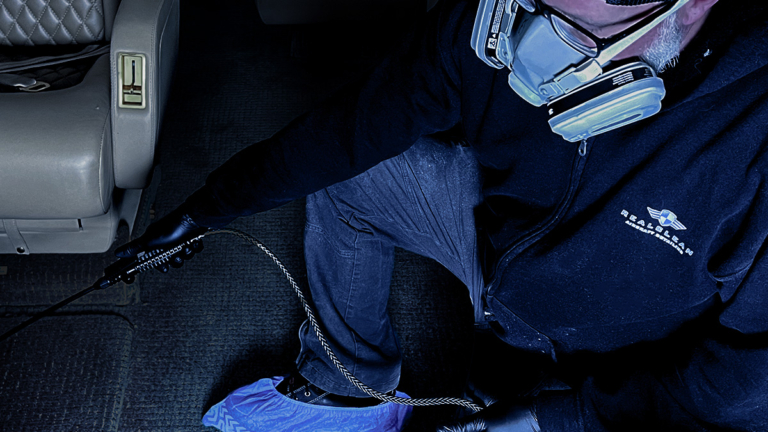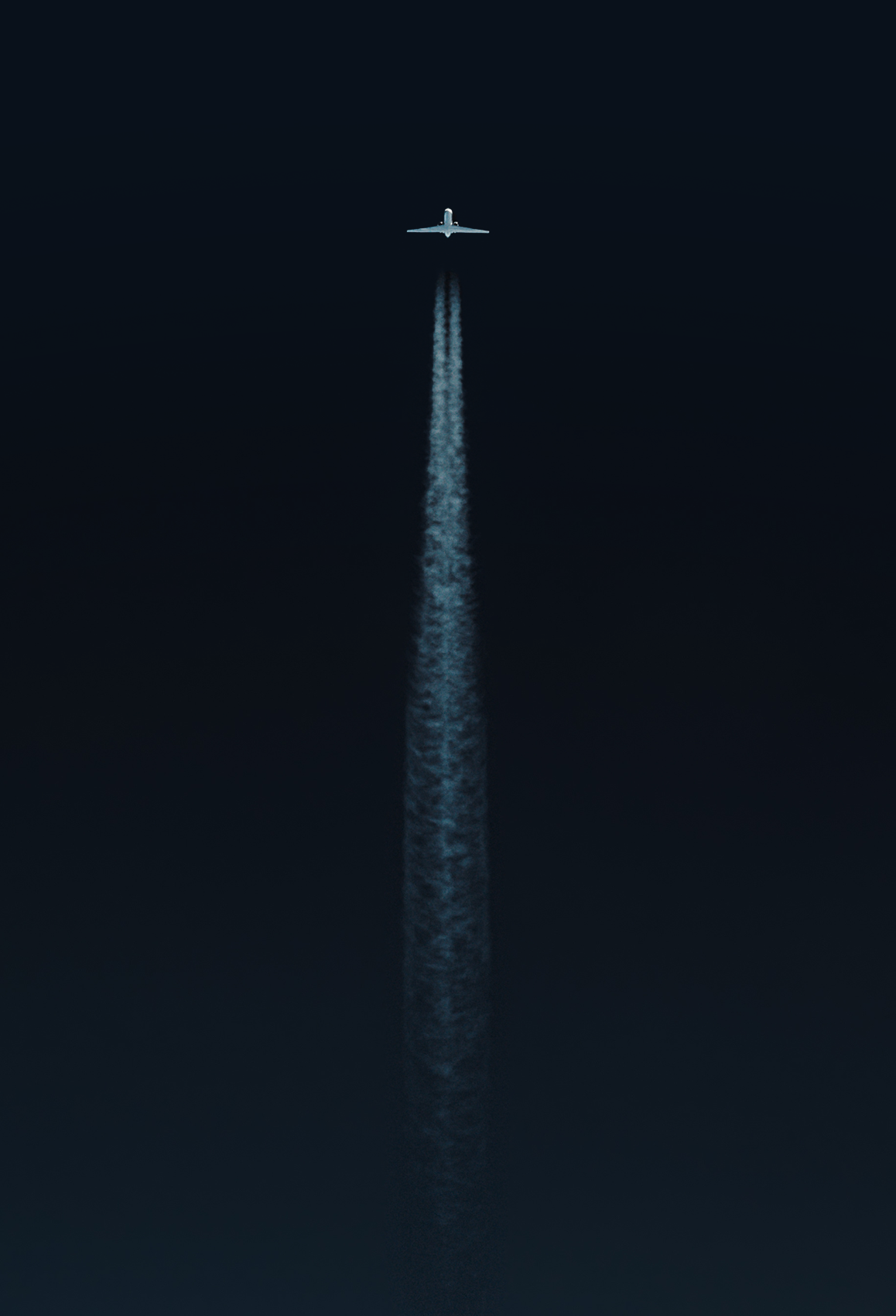Keeping your aircraft in top condition isn’t just about looking good; it’s about making sure it stays safe and lasts as long as possible. One of the best ways to protect your aircraft is by preventing corrosion, and a solid cleaning and maintenance routine is key.
Why Paint Matters in Preventing Corrosion
Think of your aircraft’s paint as its first suit of armor against corrosion. Here’s why regular cleaning and detailing are so important:
1. Barrier Protection: Your paint job acts as a shield, keeping moisture, salts, and other corrosive elements at bay.
2. Early Detection: Regular cleaning lets you spot early signs of trouble, so you can nip corrosion in the bud.
3. Contaminant Removal: Keeping the aircraft clean removes dirt, oil, and salts that can speed up corrosion.
4. Enhanced Durability: Quality paint maintenance, including protective coatings, means your aircraft’s exterior stays strong and durable.
Setting Up a Proper Cleaning and Detailing Routine
To keep your aircraft protected, here’s a simple plan to follow:
- Professional Consultation: Consider consulting with a professional aircraft detailer who can develop a custom cleaning and detailing plan tailored specifically to your aircraft or fleet.
- Frequent Inspections: Regularly check your aircraft for paint degradation and early signs of corrosion. Focus on spots where moisture tends to gather.
- Use Quality Products: Stick to top-notch cleaning and detailing products made for aircraft. These are designed to protect both paint and metal surfaces.
- Professional Detailing Services: Sometimes it’s best to leave it to the pros. They have the tools and expertise to thoroughly clean and protect your aircraft.
- Protective Coatings: Think about adding a durable protective coating like an aviation grade ceramic for a long-lasting layer of defense.
- Regular Washing Schedule: Set up a routine to wash your plane regularly to keep contaminants away.
- Non-Routine Washings: After coastal flights or deicing, give your aircraft an extra wash to clear away any residual salts and chemicals.
Spotting the Early Signs of Corrosion
The condition of your aircraft’s paint can tell you a lot about its health. Keep an eye out for:
- Oxidation: If the paint looks chalky or has a white powdery residue, it’s breaking down.
- Fading: If the color isn’t as vibrant as it used to be, the paint might not be protecting as well as it should.
- Failure: address paint chips and defects as soon as possible. Moisture and contaminants accumulate in these areas and can quickly lead to corrosion.
If you notice these signs, it’s time to act! Consider having the paint revitalized and applying a protective coating by a professional aircraft detailer. This will help protect the underlying metal surfaces and prevent costly repainting. repairs and downtime.
Conclusion
A good cleaning and maintenance routine is your best defense against corrosion. Regular inspections, using quality products, getting professional help when needed, and sticking to a washing schedule will keep your aircraft looking great and performing well.
Investing in your aircraft’s care today ensures it stays in top-flight condition. Remember, a well-maintained exterior is more than just shiny – it’s your first line of defense. So, fly with confidence, knowing your aircraft is protected and ready for the next flight


